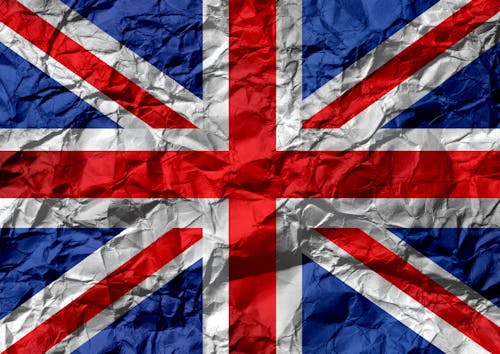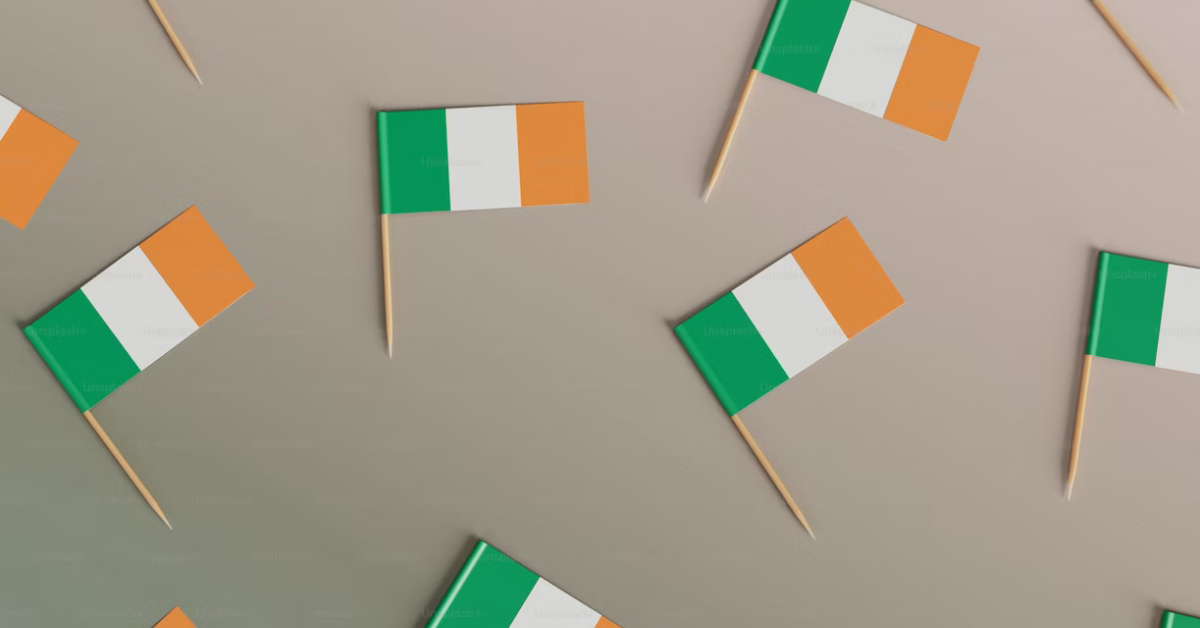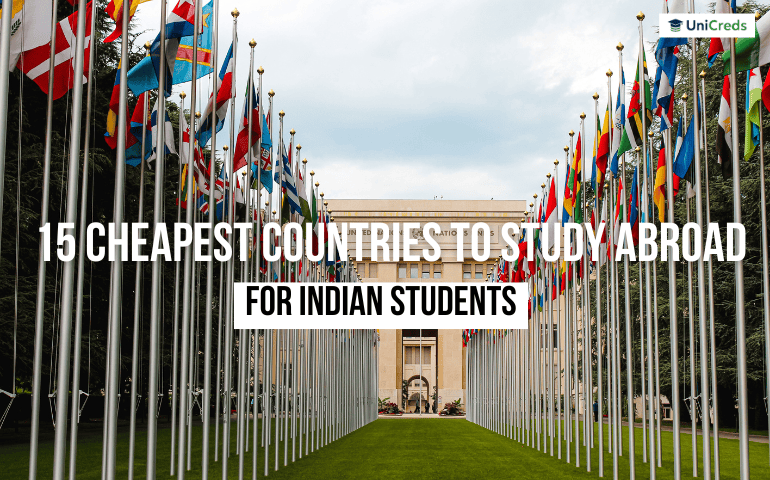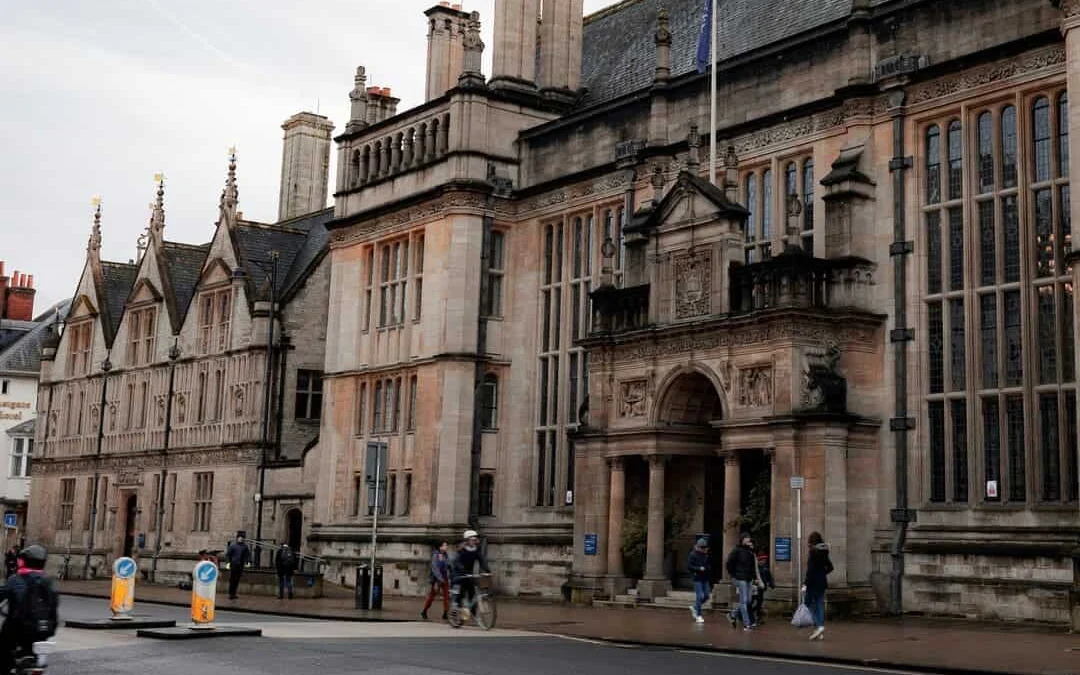Table of Contents
Situated in northwest Europe, Ireland is a lovely green country. It is an island that is isolated by the Irish Sea from Great Britain. The island is considered the world’s 20th largest island and covers 84,421 square kilometers of land. It is home to 6.4 million people and has a population of 1.273 million people in the capital city of Dublin. With numerous fields and rivers cutting through the land, the island has a hilly landscape. The official language of the nation is both Irish and English. Most people use an English dialect, but many families who have lived for centuries in Ireland understand and speak Irish. Ireland does not have an official religion, but Christianity is the predominant religion that is practiced in the region. The country’s flag is a horizontal flag with vertical lines of green, white, and orange. There’s so much to figure out from sport and tradition to language, music, health, culture, and technology. What are the fascinating things about Ireland, then? Read on to find out some interesting facts about Ireland to help you get to know the country better.
Facts About Ireland: History
- The Irish State came into being in 1916 as the Irish Republic with 32 Counties. It became the Irish Free State in 1922, having seceded from the United Kingdom under the Anglo-Irish Deal.
- The Irish Free State was engulfed in a civil war between nationalists endorsing the Treaty and opponents supporting the established Republic upon its formation. Organised as Cumann na nGaedheal, the pro-Treaty side emerged triumphant from the dispute and won subsequent elections.
- The Irish state has had a poor record in the economic domain. In terms of independence, it was one of Europe’s wealthiest countries per head of population.
- An irredentist claim to Northern Ireland as part of the national territory was included in the Irish constitution from 1937 to 1998. The regime, however, also resisted and used its military powers against those militant groups that sought to unite Ireland by intimidation, mainly the Provisional Irish Republican Army.

Ireland Country Facts: Tourism
Here are some fun facts about Ireland’s tourism:
- On the island, there are three World Heritage Sites: Brú na Bóinne, Skellig Michael, and the Causeway of the Giant. Many other locations, such as the Burren, the Ceide Fields, and Mount Stewart, are on the provisional list.
- Bunratty Castle, the Rock of Cashel, the Cliffs of Moher, Holy Cross Abbey, and Blarney Castle are three of Ireland’s most visited sites.
- The most visited area in Dublin is home to some of the most famous attractions, including the Guinness Storehouse and the Book of Kells.
- Achill Island sits off the County Mayo coast and is the largest island in Ireland. It is a popular surfing destination that includes 5 Blue Flag beaches and one of the world’s tallest sea cliffs, Croaghaun.

Ireland Interesting Facts: Politics
- The island is split into an autonomous territory, the Republic of Ireland, and Northern Ireland (a constituent country of the United Kingdom). They share an open border and they are both parts of the Universal Area of Transport.
- The Republic of Ireland, with a written constitution and a popularly elected president with largely ceremonial authority, is a representative democracy based on the British model. The cabinet is led by the Taoiseach prime minister, who is named by the president on the nomination of the Dáil lower legislative house.
- With a local executive and assembly that holds devolved powers, Northern Ireland is a part of the UK. The executive is collectively led by the first and deputy first ministers, allocating ministries in proportion to the representation of each party in the assembly. Belfast is its capital.
- The British and Irish governments negotiated, as part of the Good Friday Deal, on the development of all-island organisations and areas of cooperation. The North/South Ministerial Council is an agency in which all-island strategies are decided upon by ministers from the Government of Ireland and the Executive of Northern Ireland. The related all-island ‘implementation bodies’ must have at least six of these policy areas, and at least six others must be enforced independently in each jurisdiction.
Facts About Ireland: Climate
Here are some amazing Ireland country facts in terms of the climate conditions on a general basis.
- A product of its mild climate and frequent rains, the island’s lush foliage gives it the sobriquet of the Emerald Isle. Overall, Ireland’s ocean atmosphere is moderate but changeable, with few extremes. The atmosphere is usually insular and temperate, lacking temperature extremes at comparable latitudes in many other parts of the globe.
- Precipitation occurs during the year but, particularly in the east, it is light overall. The west, especially in the late autumn and winter months, tends to be wetter on average and vulnerable to Atlantic storms. This occasionally brings to these regions damaging winds and higher overall rainfall, as well as snow and hail frequently.
- Inland regions in summer are warmer while in winter they are cooler. Typically, at inland weather stations, about 40 days of the year are below zero 0 °C (32 °F), compared to 10 days at coastal stations. Heatwaves hit Ireland occasionally, most recently in 1995, 2003, 2006, 2013, and 2018.
Are you an Indian student wishing to secure an education loan to study in Ireland? Do not forget to fill the form in this blog!
Flora And Fauna Facts About Ireland
- As Ireland was separated from mainland Europe by increasing sea levels before the completion of the last ice age, it has fewer species of land animals and plants than Great Britain or mainland Europe. There are 55 species of mammal in Ireland, of which only 26 species of land mammal are considered native to Ireland.
- In Ireland, many distinct types of ecosystems are found, including pasture, open woodland, temperate broadleaf, and mixed forests, conifer plantations, peat bogs, and a number of coastal ecosystems. Agriculture, however, drives current land-use trends in Ireland, restricting the protection of natural environments, particularly for larger wild mammals with higher territorial needs.
- In Ireland, there are no spiders, and only one species of reptile is endemic to the island, the common lizard. The Irish elk, the great auk, polar bear, and wolves are endangered animals.
- Ireland is also one of Europe’s least forested nations. Ireland was densely forested with indigenous trees such as oak, cherry, hazel, birch, alder, willow, aspen, rowan, yew, and Scots pine through the close of the Middle Ages. Today, only about 10% of Ireland is forest.
Facts About Ireland: Arts
There are many interesting facts about Ireland in terms of arts, literature, and culture. We’ve elaborated on a few of them for you –
- Literature: In all its branches, both in Irish and English, Ireland has made a significant contribution to world literature. With the first examples dating from the 6th century, poetry in Irish is among the oldest vernacular poetry in Europe. Despite the proliferation of English from the seventeenth century on, Irish remained the dominant literary language down to the nineteenth century.
- Culture: Since prehistoric times, music has been recorded in Ireland. While the church was “quite unlike its counterpart in continental Europe” in the early Middle Ages, there was substantial trade between monastic settlements in Ireland and the rest of Europe that led to what is known as the Gregorian chant.
- Art: Neolithic carvings discovered at sites such as Newgrange are the oldest known Irish graphic art and sculpture and are traced via objects from the Bronze Age and medieval ritual carvings and illuminated manuscripts.

Food Facts About Ireland
What are interesting facts about Ireland? Here are some Ireland interesting facts about the influence on food and drinks, and how the cuisines came into form:
- Ireland’s food and cuisine derive their influence from the crops grown and animals farmed in the temperate climate of the island and from the social and political conditions of Irish culture.
- For this cause, pork and white meat were more popular than beef, and since the Middle Ages, thick fatty slices of salted bacon (known as rashers) and eating salted butter (i.e. a milk commodity rather than beef itself) have become the main aspect of Ireland’s diet.
- One of the most interesting food facts about Ireland is that, in the second half of the 16th century, the invention of the potato strongly affected cuisine thereafter. Great poverty promoted a subsistence approach to food, and a diet of potatoes and milk was adequate for the vast majority of the population by the mid-19th century.
- A “New Irish Cuisine” based on conventional ingredients combining foreign elements has flourished since the last quarter of the 20th century, with a re-emergence of prosperity in Ireland.
- Irish whisky, as investigated in 2009 by the American broadcaster CNBC, remains popular domestically and has risen steadily over a few decades in foreign sales. Irish whiskey is usually not as smoky as Scotch whisky, but not as smooth as American or Canadian whiskies, as CNBC reports.
Sports Facts About Ireland
- In terms of match attendance and group interest, Gaelic football is the most common sport in Ireland, with about 2,600 clubs on the island.
- Swimming, swimming, aerobics, cycling, and billiards/snooker are other athletic events with the highest rate of play. Several other sports are also played and followed, including boxing, cricket, sailing, greyhound racing, handball, basketball, horse racing, motorsport, show jumping, and tennis.
- In most sports, the island fields a single foreign team. While both associations continued to field international teams under the name “Ireland” until the 1950s, one notable exception to this is association football.
Planning to study in Ireland? Read our blog: Everything About Pursuing Medical Studies in Ireland.
We hope you enjoyed reading this blog on interesting facts about Ireland. If you’re someone who wants to share your valuable experiences through a blog, we’re more than happy to collaborate. Write to us at contact@unicreds.com to know more about our guest-post submission process.
Wish to know more about Ireland? Here are some other blogs that might be of interest to you:










0 Comments